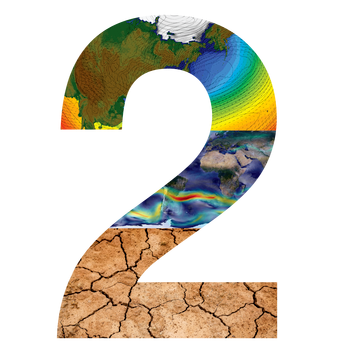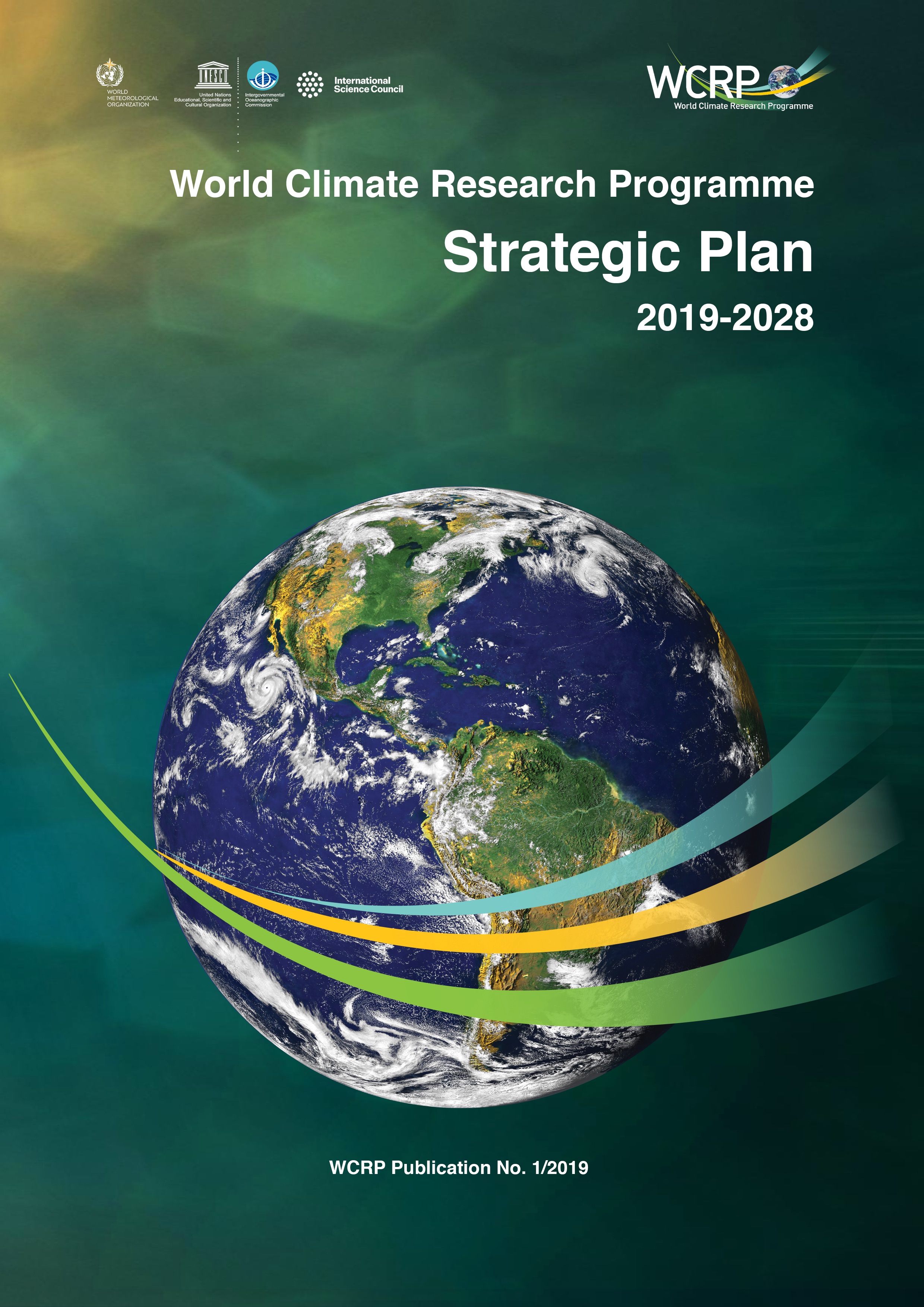
Our Goal
We will push the frontiers of predictions and quantify the associated uncertainties for sub-seasonal to decadal time scales across all climate system components.
This objective supports the capacity of Earth system scientists to engage with society in the context of climate change in the decade ahead. Furthermore, the objective focuses attention on societally relevant outcomes such as meteorological, oceanic, and hydrological extremes, including compound events. Achieving the objective requires an ability to quantify uncertainties, limits, and capacities of prediction systems. It requires advances in the foundational mathematics of predictability of the climate as a system and of components of that system. At the same time, this objective provides many opportunities for the development of new scientific knowledge regarding the whole Earth system.
Our Scientific Emphases
Advancing prediction capabilities
Advances in climate simulations depend crucially on the quality of modelled system components and their coupling. Improvements are critically required in representations of the water, carbon, and energy cycles, of clouds and precipitation, oceanic eddies and waves, sea ice dynamics, and river flows. Rigorous and systematic verification of each component is essential to evaluating the fidelity of these simulations. These advances will require innovative science – deterministic, statistical and machine learning approaches; advanced model-data fusion methods including data assimilation techniques; complex networks; and ensemble generation methods. We will collaborate with the forecasting communities to advance coupled model initialization techniques.
Predicting extreme events
Climate variability influences the frequency and intensity of extreme events, in ways that affect the environment and society. To improve our predictive skills, climate research will determine the processes responsible for the existence of regional climate hotspots, as well as the potential for crossing thresholds and manifesting surprises. The ways in which the non-stationarity of the Earth system interacts with “fast” (such as hurricanes) and “slow” (such as droughts) extremes will be a key focus.


